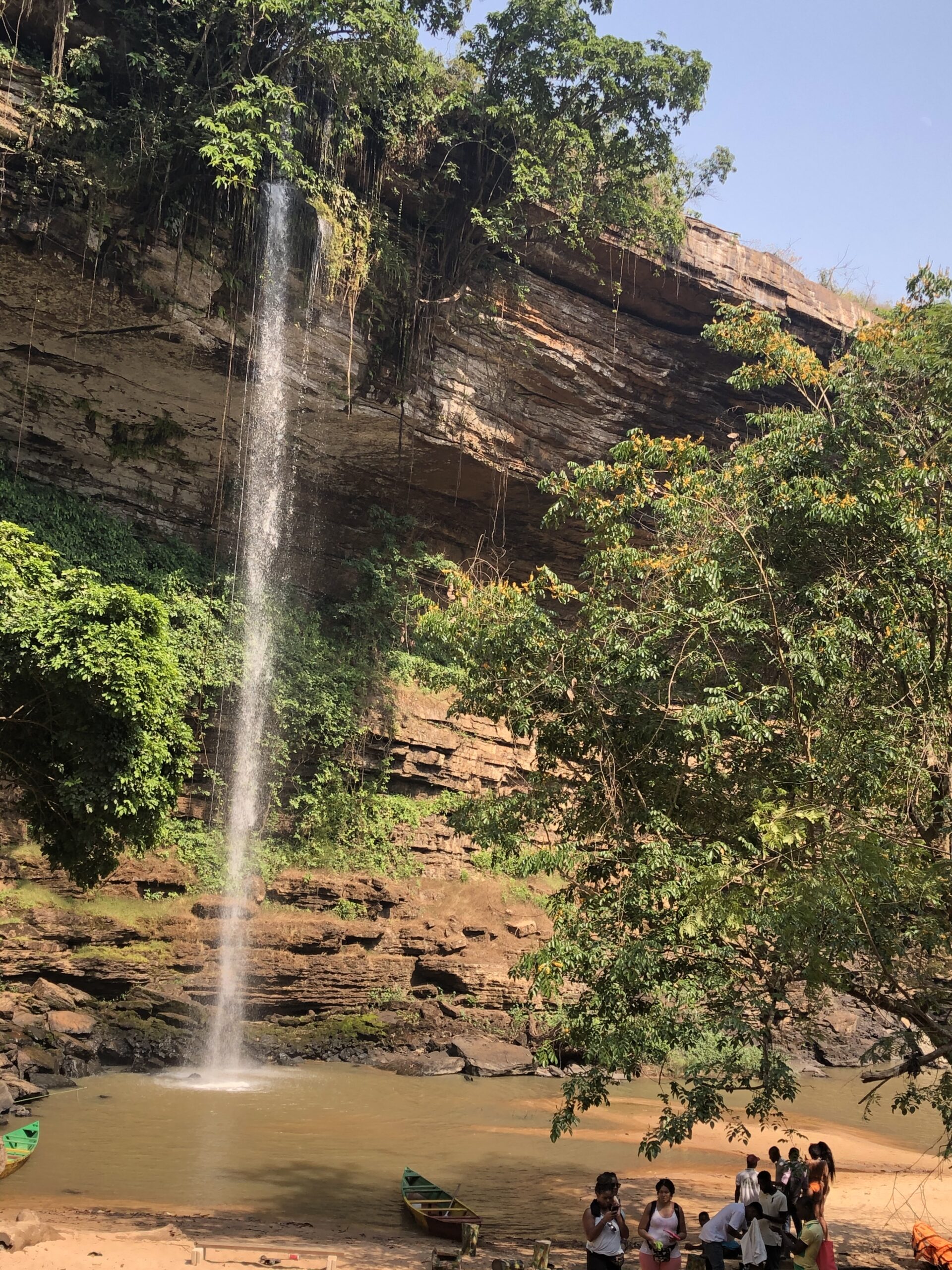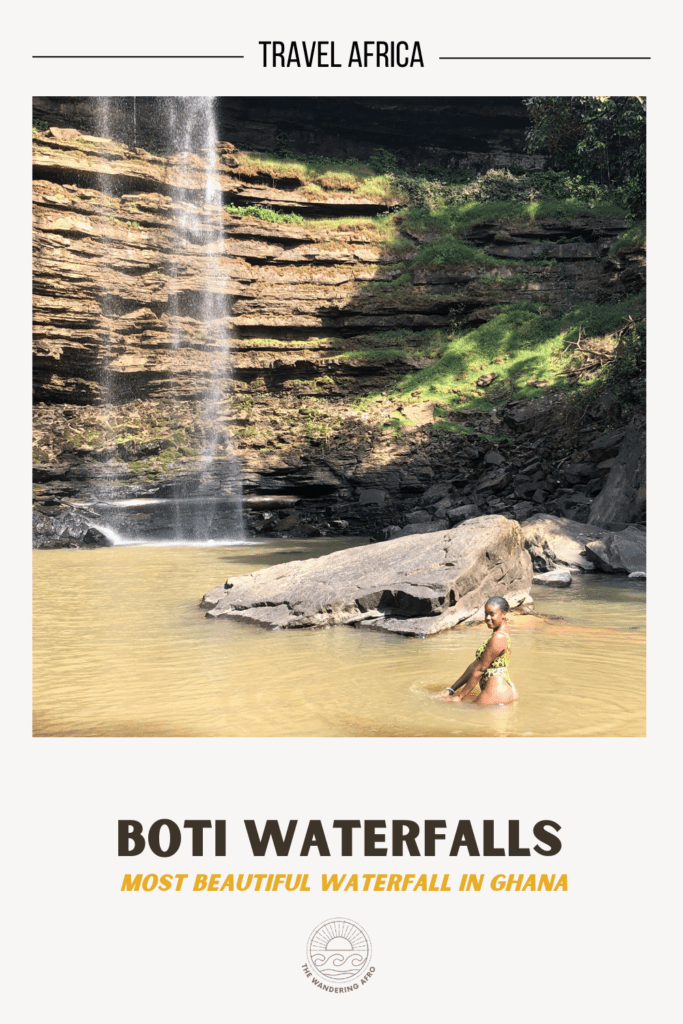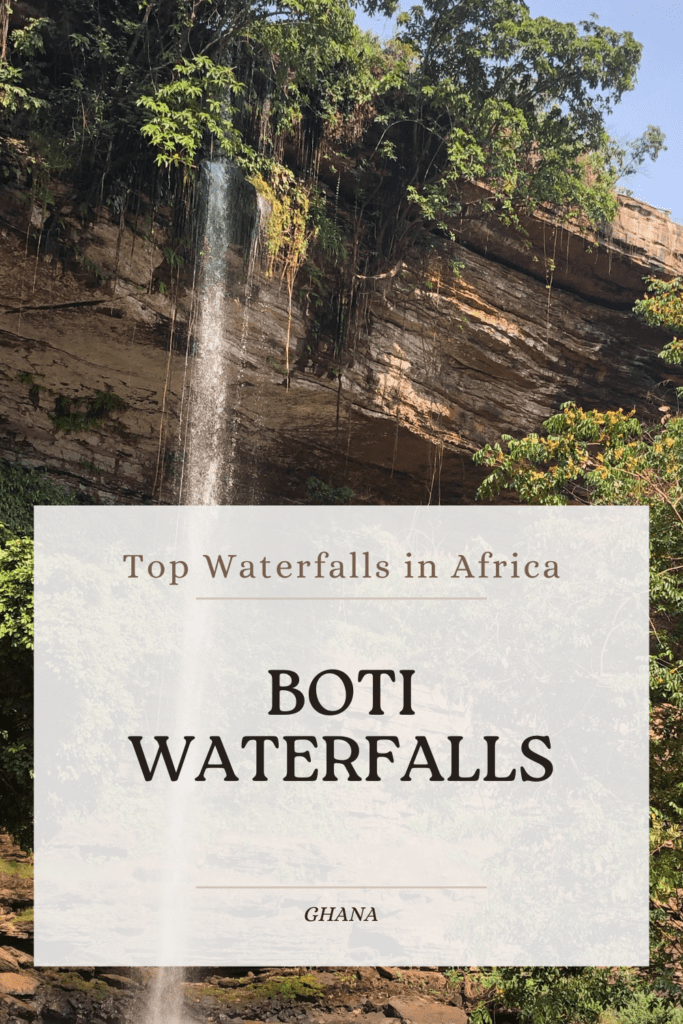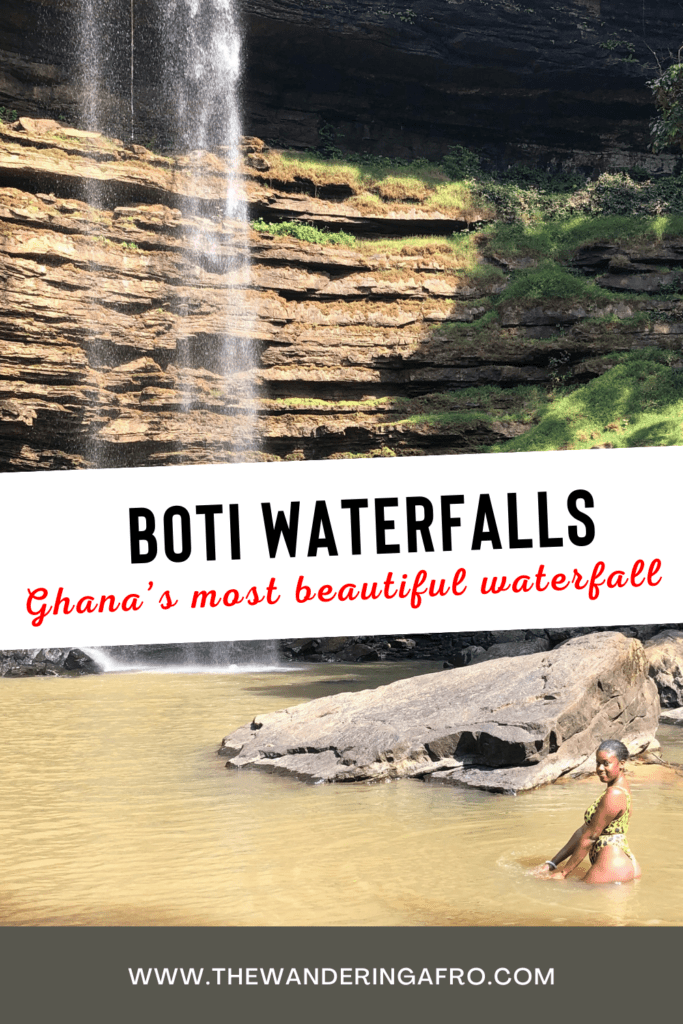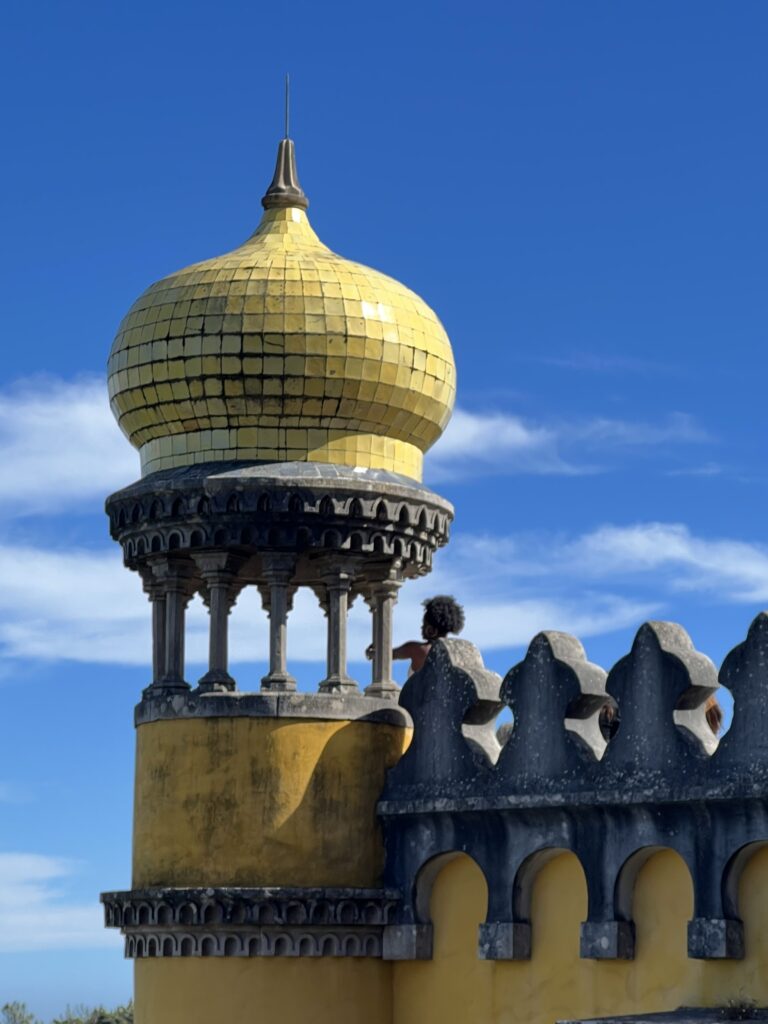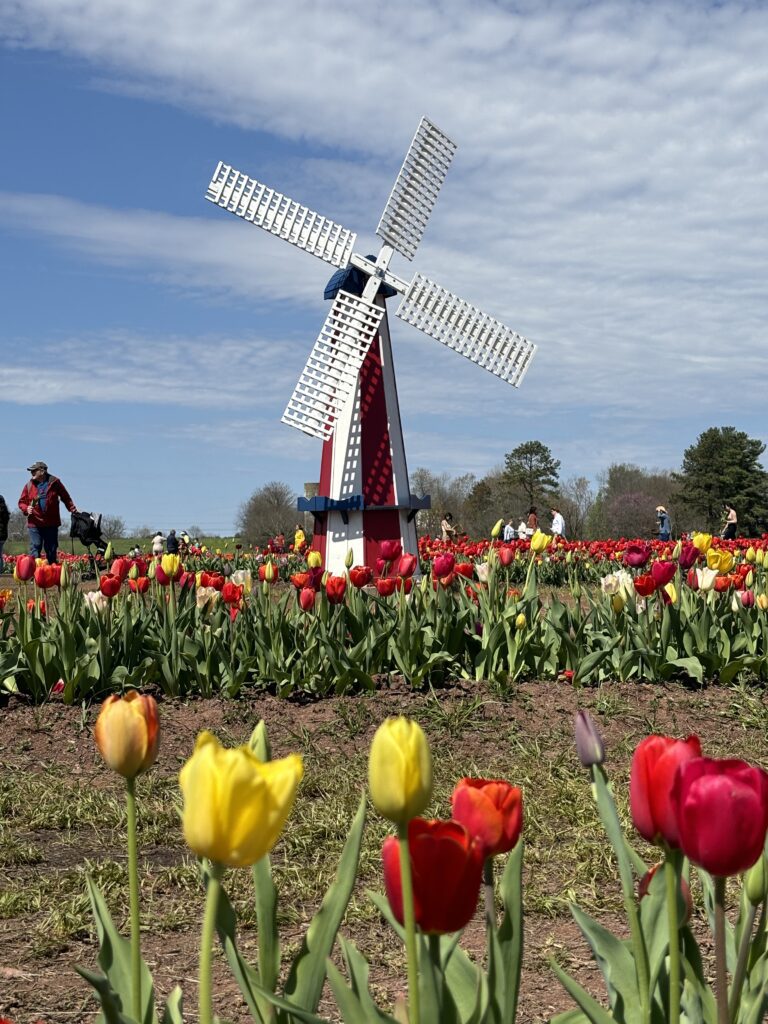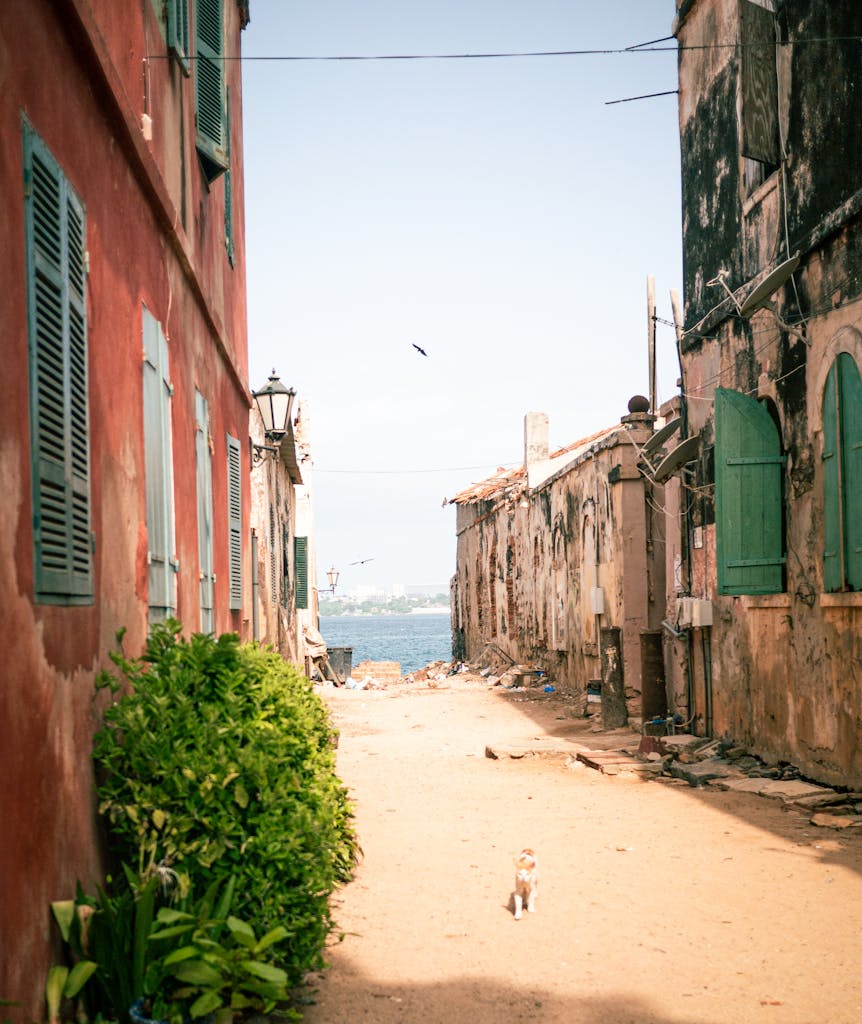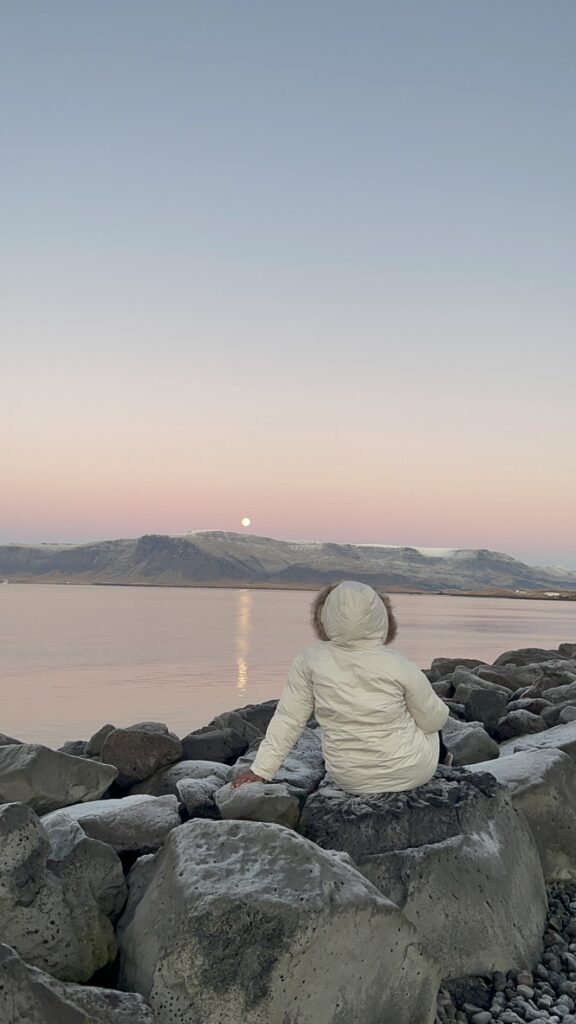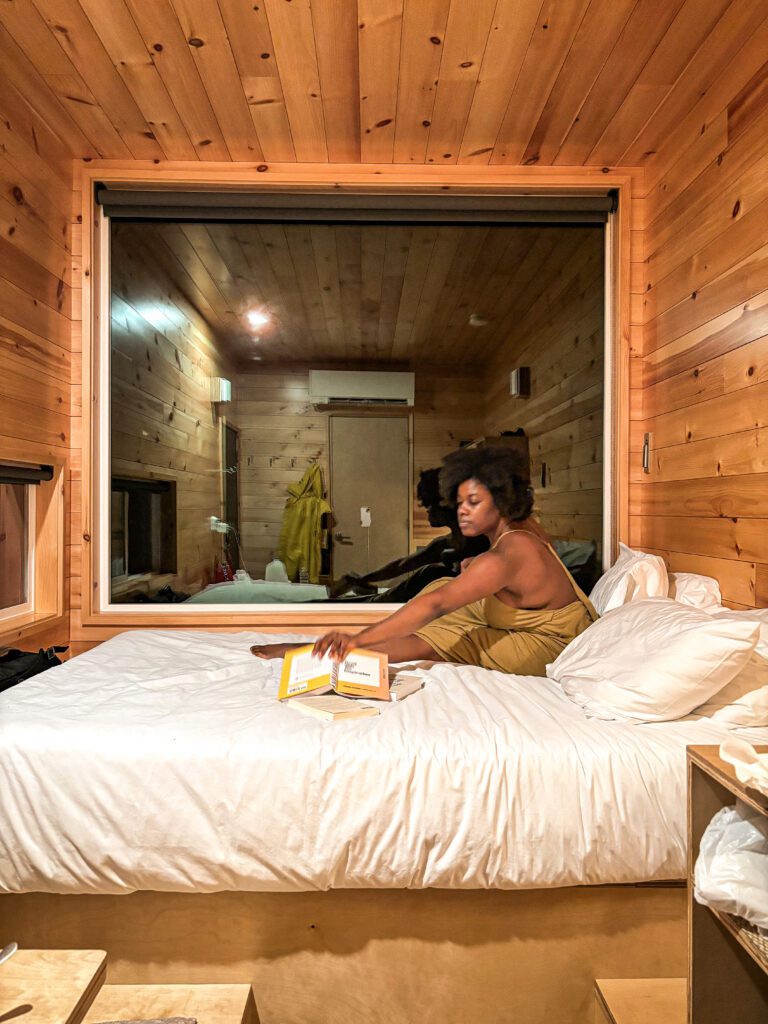Chasing Waterfalls in Ghana
After a few days in Accra, we needed fresh air and decided to visit Boti Falls. Nestled within the lush greenery of Ghana’s Eastern Region lies a natural wonder that captivates the hearts of all who visit. Boti Falls is a testament to Ghana’s enchanting beauty and eco-diversity with its cascading waters, lush green surroundings, and serene ambiance. Read more on why Boti Falls should be on your Ghana itinerary next Detty December.
How to Get to Boti Falls
Boti Falls is just a few hours’ drive from Accra, making it the perfect destination for a day trip. We took a private taxi, but they now offer tours from Accra to the Falls. By car, the journey is about 2.5 hours. The roads are in an okay condition, but as you get closer, you’ll realize that the streets aren’t clearly labeled. If you decide to use Google Maps, you may want to stop and ask for directions for the last 20 minutes.
Public transportation is the most affordable option from Accra to Boti Falls. You can hop on a minibus at Madina Station and take it to Koforidua. Once you’ve arrived at Koforidua, you can catch a trotros or taxi.
Tours to Boti Falls
Where is Boti Falls located in Ghana?
Boti Falls is located in a small village called Boti in the Yilo Krobo District in the Eastern Region. This mountainous region is filled with lush valleys and vegetation. The coordinates are 6°11′35″N 0°13′08″W / 6.19295°N 0.21875°W. There are not many hotels, major restaurants, or shopping facilities in the area.
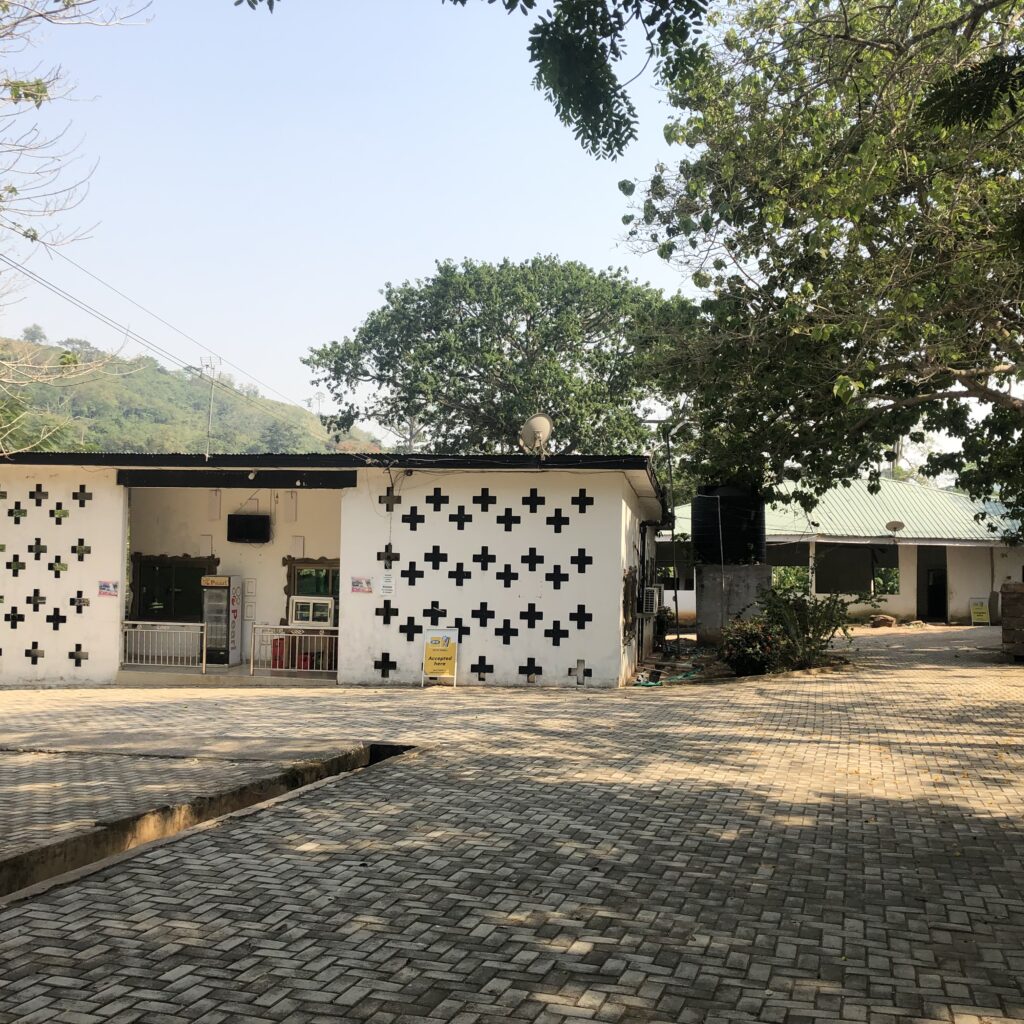

Best Time to Visit Boti Falls
The best time to visit Boti Falls is during the rainy season because the rain causes a consistent stream of water to cascade throughout the mountain. Ghana has two rainy seasons: June and August. We went during December, so the stream was a bit light but still gorgeous. If you visit during the dry season (harmattan), there may not be any stream at all so inquire before visiting.
My Honest Review
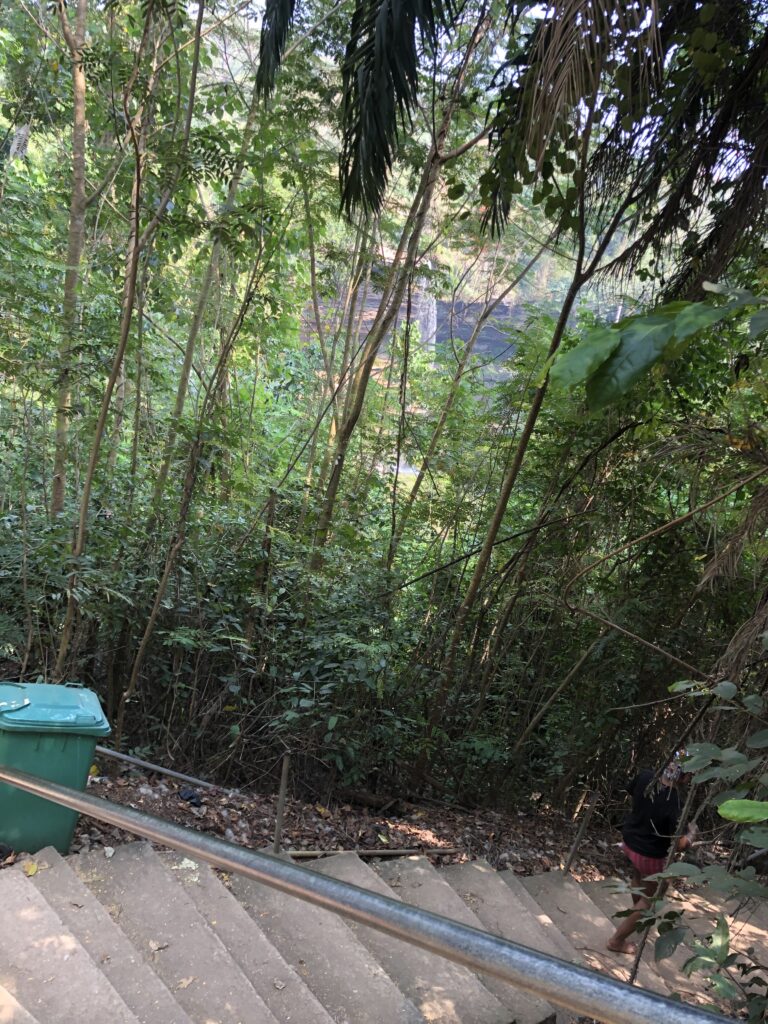

After two and a half hours on an okay road, we arrived at Boti Falls. Non-Ghanaians pay extra. Customer service could be improved, and the grounds are not well-kept. The bathroom didn’t have tissues, and the mini-store had few options. They’re collecting entrance fees, but it’s hard to see where the money goes.
After paying, we made our way down a narrow path of about 250 steps. Going down wasn’t that bad, but going back up was a task. It is not wheelchair-friendly or accessible for those with special needs. Payment includes a hike to see nearby attractions and the waterfall. Some groups skipped the hike, which lasted about an hour.
Magical Views
As we made our way through the winding path, we were greeted by nature’s symphony — the gentle rustling of cocoa tree leaves, the melodious chirping of birds, and the soft sounds of water.
Upon reaching the falls, you’re met with a mesmerizing site. Two streams, the Boti and the Ponmpon, converge in a , creating a cascading waterfall that plunges over 30 meters into a pool below. The misty spray from the falls creates a cool, refreshing atmosphere, providing respite from the tropical heat and inviting visitors to linger and soak in the tranquility of the surroundings.
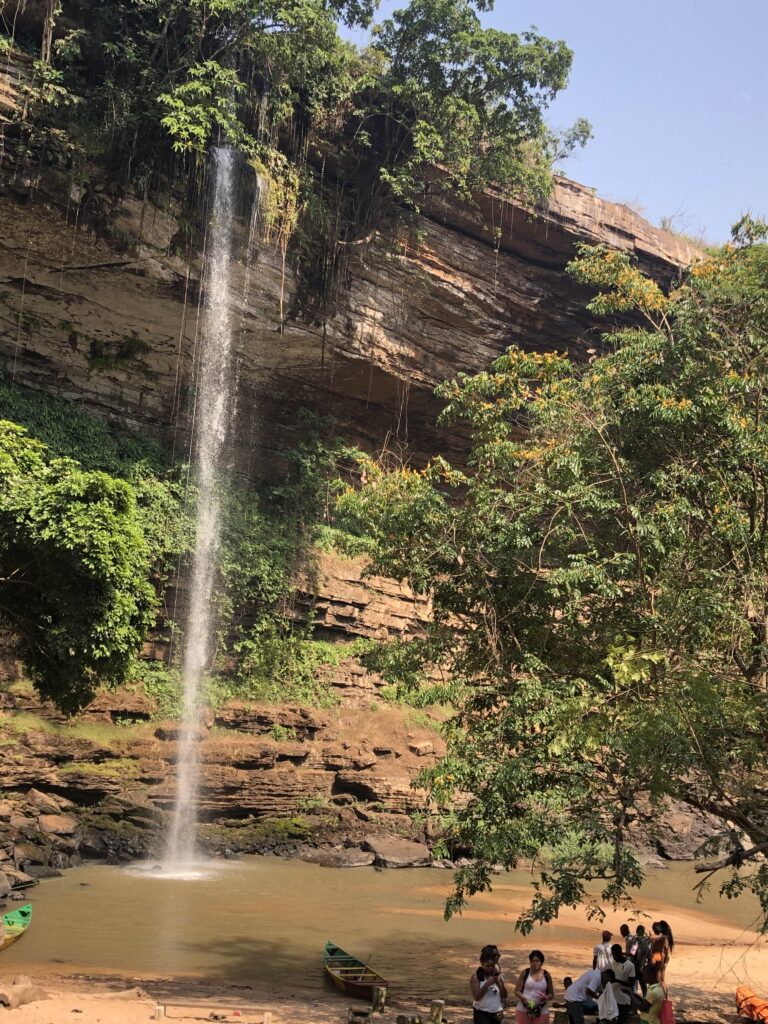

Cultural Significance
As one of Ghana’s most cherished natural landmarks, Boti Falls holds immense cultural and ecological significance.
Boti Falls is more than a beautiful waterfall. For many local communities, it’s a sacred site. Community members gather here to perform traditional rituals and ceremonies to honor the spirits believed to dwell within the falls. It consists of two waterfalls fed by two different rivers. The larger one is considered “male,” while the smaller fall is considered “female.”
During the rainy season., these falls combine, and locals see it as the two spirits engaging in an intimate act. It’s common for a rainbow to appear at this time and adds to the magic of the place.
In recent years, efforts have been made to preserve and protect this pristine ecosystem, ensuring that future generations can continue to marvel at its beauty and wonder.
Things to do at the Falls
What to Eat
When we went, the restaurant was not open, so I recommend packing a lunch to enjoy at the falls. Sometimes, vendors sell snacks and souvenirs as well, but it’s not guaranteed.
It’s the perfect place for a picnic. Make sure to get fresh local fruit from one of the nearby vendors. I recommend trying Ghana’s most famous fruit, cocoa. Don’t forget to pack extra water.
Explore the Area
Feel free to take a hike and explore the area around Boti Falls. The Umbrella Rock and the three-headed palm tree are notable attractions in the area. The Umbrella Rock is about 45 minutes from the Falls. You can explore on your own or go with a guide.
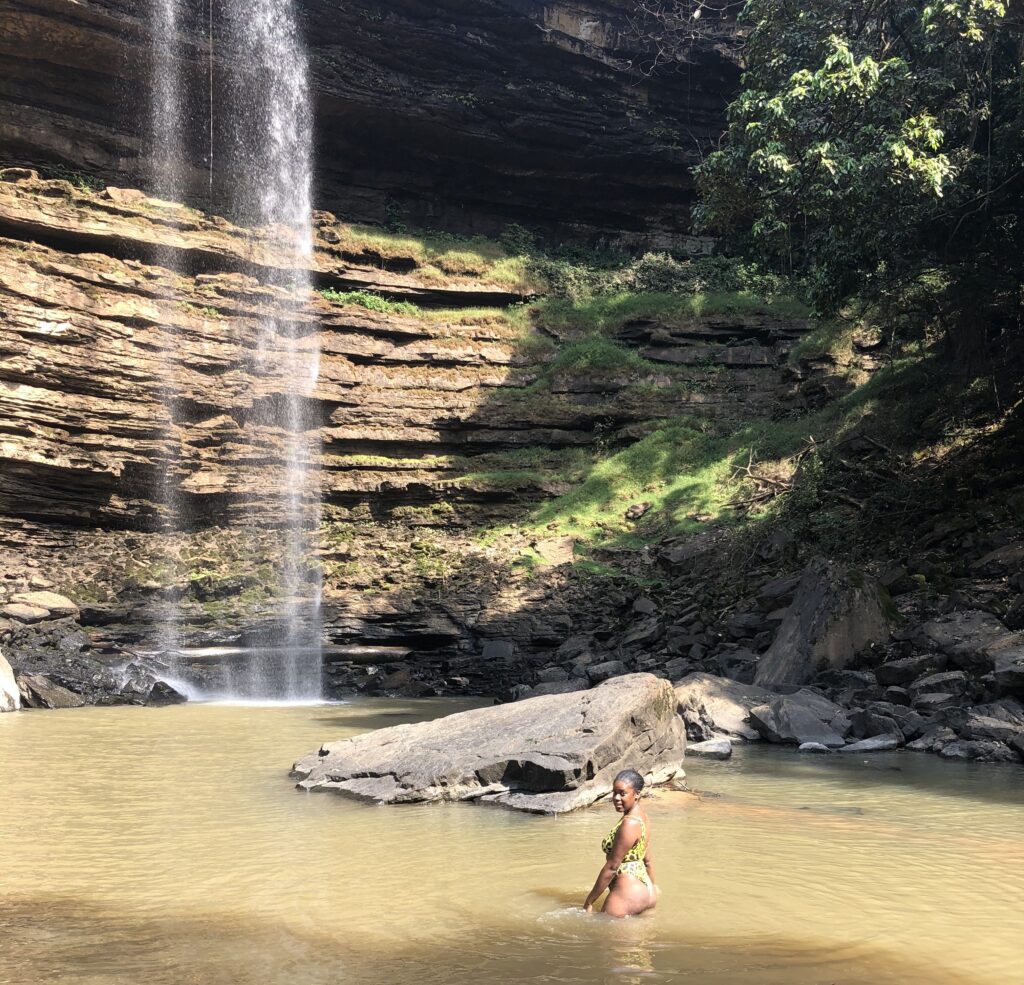

What Should You Pack?
There aren’t a lot of businesses or restaurants near Boti Falls so pack what you need. Here are a few things to add to your list:
- Waterproof bag
- Reef-friendly Sunscreen and hat
- Picnic blanket
- Bug spray
- Bathing suit and water shoes
- Towel
- Food, snacks, and water
- GoPro
- Drone
- Extra batteries
- Eco-friendly wipes
FAQ
How many steps are at Boti Falls?
There are about 250 steps.
How far is Boti Falls by Bus?
You can’t take a public bus directly to the Falls but you can take the bus to Koforidua. The entire trip by bus will be about 2.5 – 3 hours.
Who discovered Boti Falls?
Legend has it that the Falls were discovered in 1906 by Nene Tetteh Moah, a local cocoa farmer.
Which region in Ghana can Boti Falls be found in?
The falls are located in the Yilo Krobo District in the Eastern Region of Ghana.

